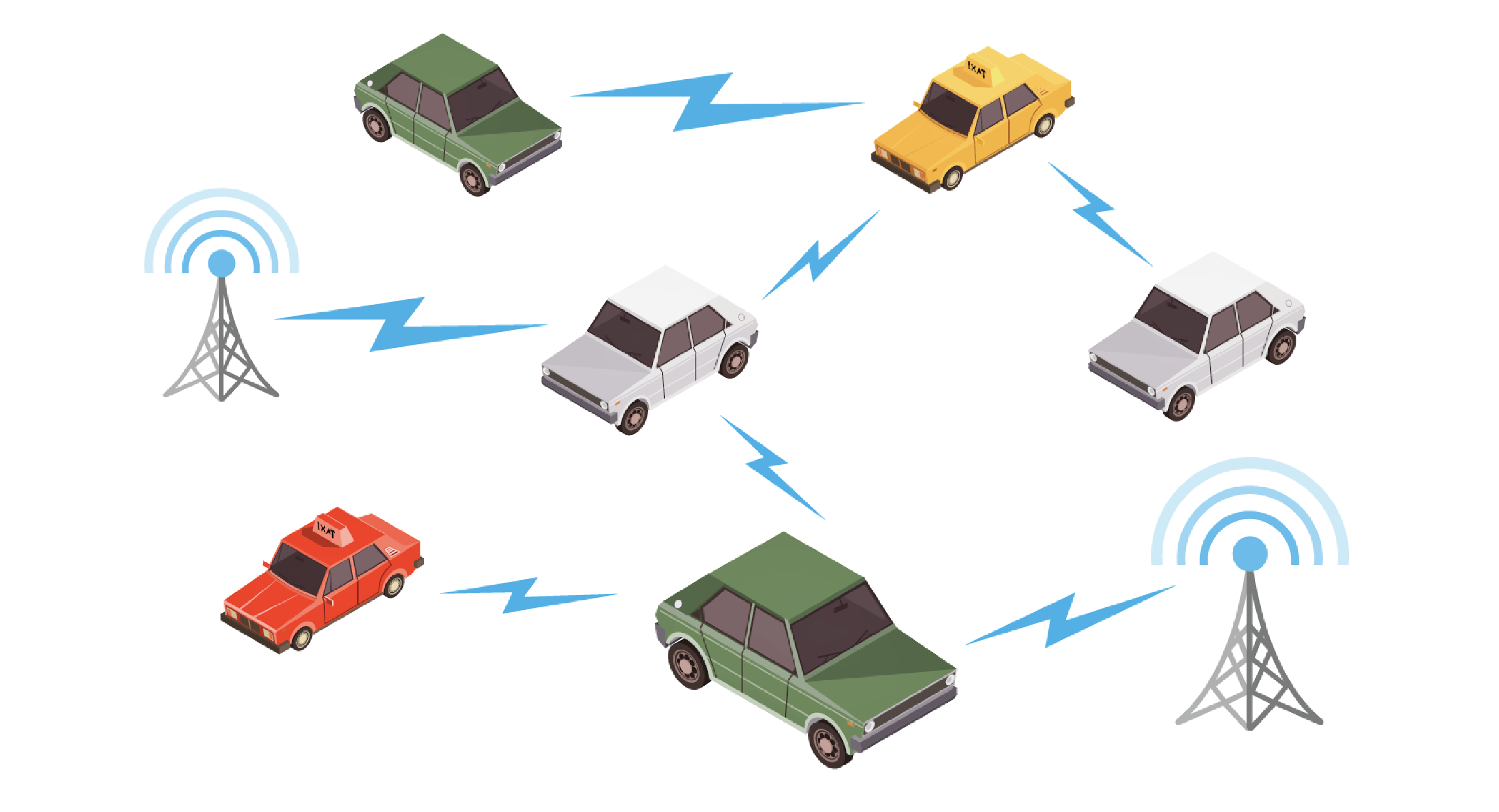In recent years, there has been great advancement in wireless communication technologies. Multi-hop communication arises in many application scenarios where information needs to be transmitted to the receiver through a number of intermediate nodes. For existing technologies, however, the transmission cannot sustain more than a few hops due to channel noise and interference. BATS is a proven and patented network coding technology that solves this longstanding problem. BATS provides an efficient and ready solution for communication in Internet of Things (IoT), Vehicular-to-Everything (V2X), wireless mesh networks, etc. It paves the way for massive deployment of various smart cities devices and applications.
